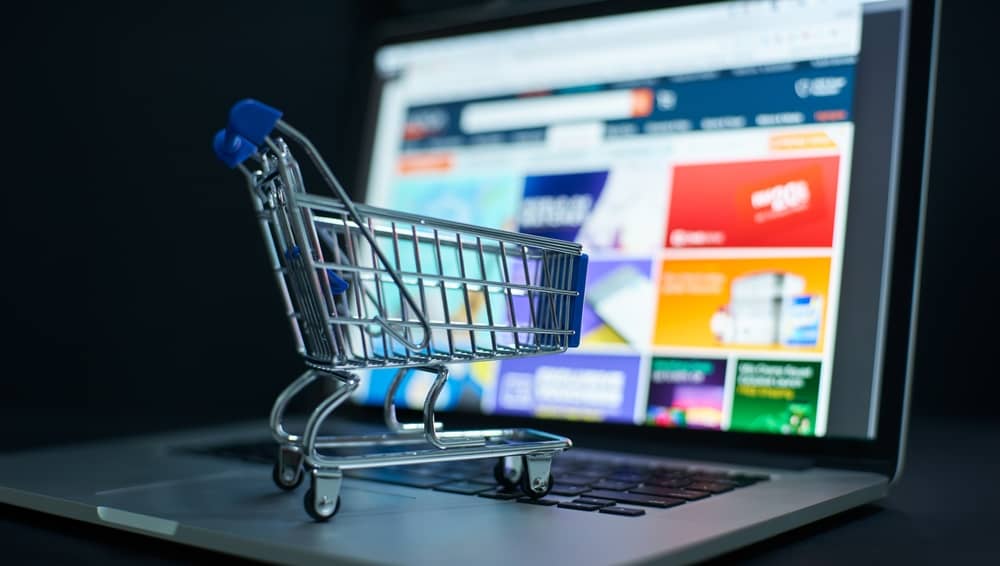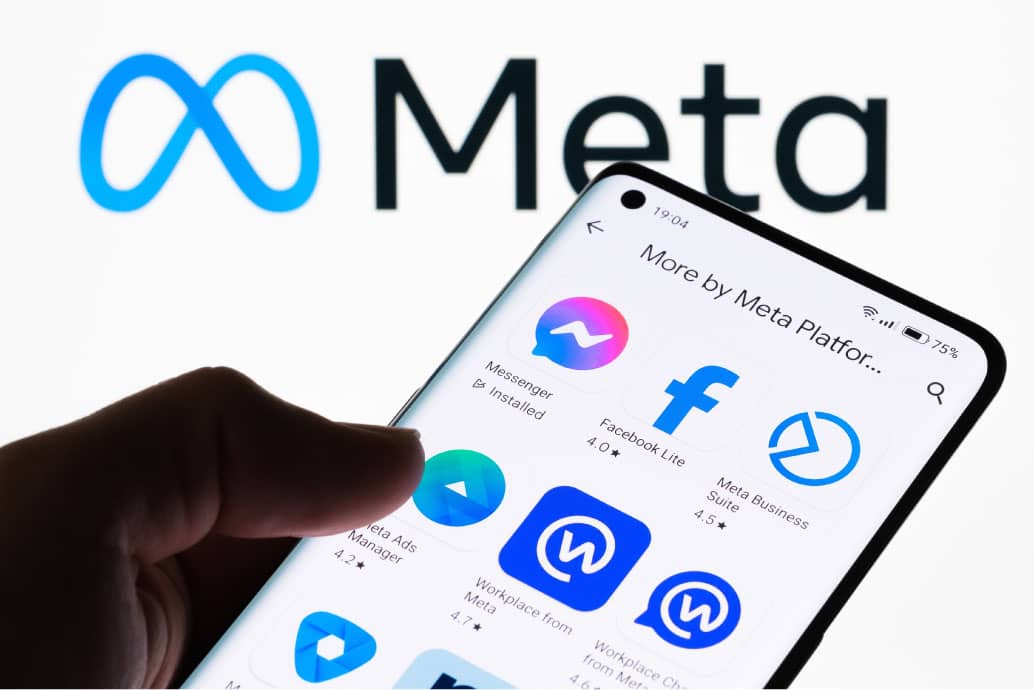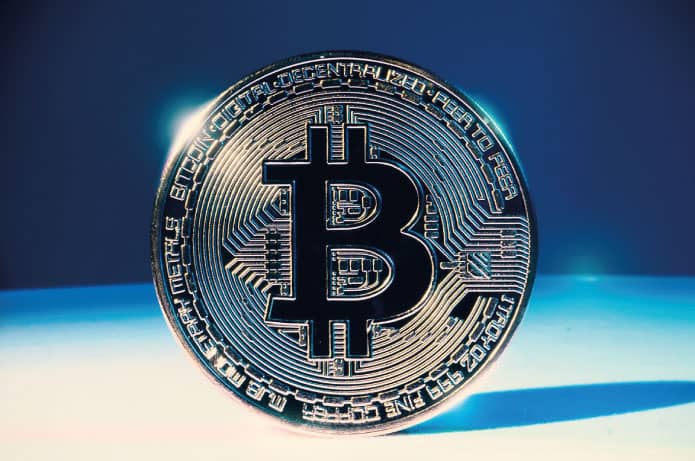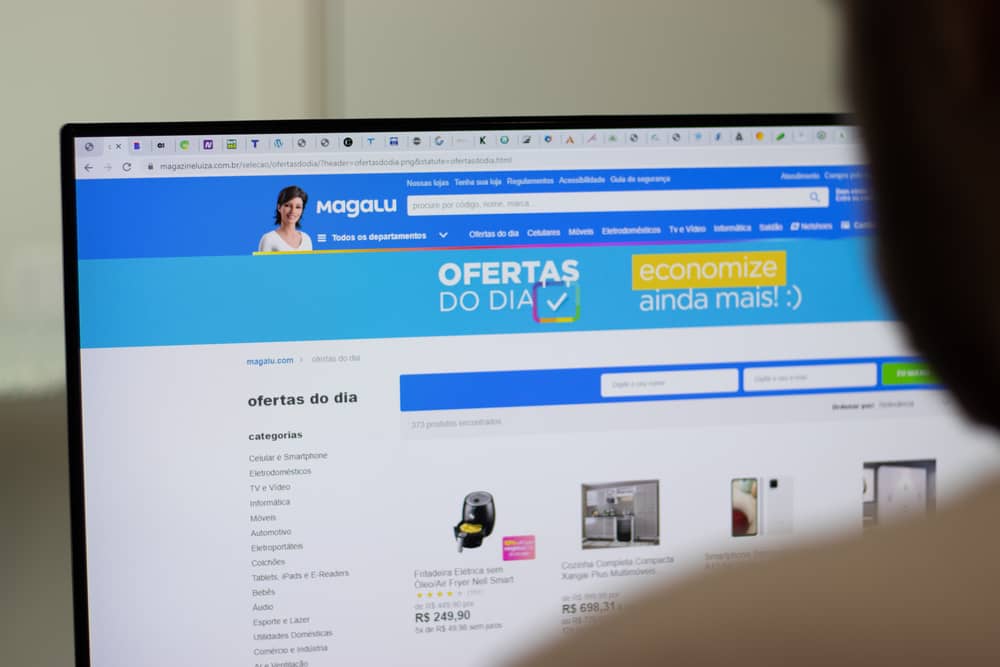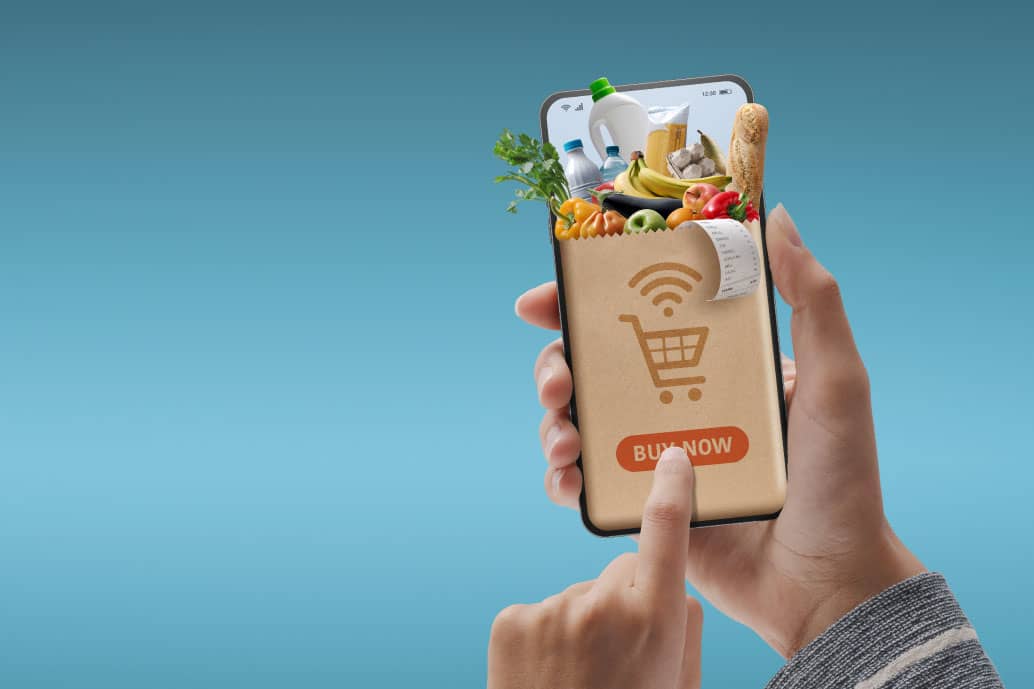The days are gone when a good ad needed to convince the customer to click, open a website, fill out a form, and only then wait for a salesperson to contact them. Today, just two taps on the screen are enough to start trading, literally.
With the rise of ads with the "Click to WhatsApp" button, or simply "Click to WhatsApp," the most used messaging channel in Brazil has become a direct bridge between desire and purchase. Instead of redirecting the consumer to a page full of forms, clicking on a campaign on Instagram or Facebook already starts a direct conversation with the brand on WhatsApp. It is quick, simple, and highly effective.
"Companies of all sizes are discovering a new shortcut to connect with their consumers, shortening the purchase journey and turning the green messenger into the new sales counter of the Brazilian internet. It's like opening the store door with a click. The customer is there, calling you. It's up to you to know how to serve," summarizes Alberto Filho, CEO of Poli Digital, a Goiás-based company specialized in automation of customer service channels for SMEs.
It works like this: when seeing an ad on Instagram or Facebook, the user clicks and, instead of being taken to a traditional landing page, is directly directed to a WhatsApp chat with the brand. And the impact is real. According to Opinion Box, three out of ten Brazilians expect a response on WhatsApp within five minutes. HubSpot goes beyond: responding to a lead within 5 minutes can increase conversion chances by up to 21 times.
"This simplicity completely transforms the consumer's journey. You eliminate friction, humanize the experience, and accelerate the closing of the sale," summarizes Alberto Filho.
In practice, the impact is measurable. During the pandemic, Espaçolaser implemented Click to WhatsApp ads and, in three months, recorded a 396% increase in conversion via WhatsApp and a 137% increase in revenue through the channel. Reserva's brand reported a significant improvement in ROI by integrating personalized messages, although the exact percentage was not publicly disclosed.
But, to handle the high volume of interactions that come from this type of campaign, more than just willpower is needed: "Automation, integrated catalogs, payment links, and re-engagement tools are essential to ensure smooth service and continuity in the journey," explains Filho. "WhatsApp allows you to do pre-sales, sales, and post-sales, all in the same channel." However, it is important to highlight that these automations, CRM, payment systems, and the use of Meta's Conversions API are only possible through a specialized platform, such as Poli, which operates via the official WhatsApp API provided by Meta to BSPs (authorized partners).
Furthermore, with Meta's Conversion API, already integrated into Poli's platform, it is possible to connect what happens on WhatsApp with the Facebook ad dashboard. In other words: if the sale occurs after the click, the system identifies it, sends the information to Meta, and optimizes campaigns based on actual results, including offline. This advanced integration can only be achieved thanks to the use of the official WhatsApp API, made available exclusively to authorized partners like Poli.
What was once just a messaging app has become a sales channel, customer service, CRM, and after-sales platform. With open rates much higher than email and SMS, WhatsApp has established itself as the Brazilian consumer's preferred channel and the most effective for those looking to sell more, says the CEO of Poli Digital. And it emphasizes that all this efficiency and automation are only possible thanks to the use of the official WhatsApp API, which allows for complete and secure integration through specialized platforms like Poli.
For Alberto Filho, the secret lies in the strategy: "It's not just about placing a button. You need to understand how this channel integrates into the entire journey. Test, measure, adjust. And, above all, be present where the customer already is." He emphasizes: "Because, in the end, selling today is this: responding quickly, speaking correctly, and being available at the exact moment, with just one click."

